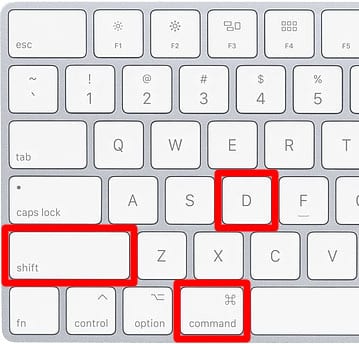

Open the Service that you want to delete. ~./.bash_history - Text file with command history.Here Are Some Good Things to Know seems to have a good answer, but here's another way:

Vi editor - A one page reference to the vi editor. Vi WikiĪpple Kb HT201236 - Keyboard Shortcuts Quick Reference. “.emacs, which might be thought of as a thermonuclear word processor” ~ Emacs vs.
Enter the escape sequence: \033[H (for Start of Line) or \033[F (for End of Line)Īll the above assume that bash is running in the default Emacs setting, if you prefer this can be switched to Vi shortcuts instead. To add the Home key for Start of Line and the End Key for End of Line: These are defined under Terminal > Preferences > Profile > Keyboard In addition to the standard system-wide and bash keyboard shortcuts, it is possible to add extra key shortcuts for the macOS terminal. To use the Alt Key Shortcuts in macOS - Open Terminal Preferences | Settings Tab | Keyboard | Tick "Use option as meta key" Custom Terminal Keyboard Shortcuts To return to it later enter fg 'process name' (foreground). ^ abc^ def Run previous command, replacing abc with def Process control: Ctrl + C Interrupt/Kill whatever you are running (SIGINT)Ĭtrl + s Stop output to the screen (for long running verbose commands)Ĭtrl + q Allow output to the screen (if previously stopped using command above)Ĭtrl + D Send an EOF marker, unless disabled by an option, this will close the current shell (EXIT)Ĭtrl + Z Send the signal SIGTSTP to the current task, which suspends it. ! n:$ Repeat from the last command: args n to the last argument.ĪLT +. ! n:m Repeat from the last command: args from n to m. ! n Repeat from the last command: args n e.g. (beware to not execute it from a terminal because this will also launch its XOFF).Ĭtrl + o Execute the command found via Ctrl+r or Ctrl+sĬtrl + g Escape from history searching mode walk forward through the command history)Ĭtrl + s Go back to the next most recent command. walk back through the command history)Ĭtrl + n Next command in history (i.e. Searches the command history as you type.Ĭtrl + p Previous command in history (i.e. Similarly Ctrl+v ENTER will display the escape sequence for the Enter key: ^M History: Ctrl + r Recall the last command including the specified character(s) Many terminals will also send control characters for keys in the digit row:Ĭtrl+v tells the terminal to not interpret the following character, so Ctrl+v Ctrl-I will display a tab character, Special keys such as Tab, Backspace, Enter and Esc are encoded as control characters.Ĭontrol characters are not printable, they display in the terminal as ^ and are intended to have an effect on applications. 
Text Terminals send characters (bytes), not key strokes. Type just enough characters to uniquely identify the directory you wish to open. TAB Tab completion for file/directory namesįor example, to move to a directory 'sample1' Type cd sam then press TAB and ENTER. Hold the Option key and click on a previous line = Jump upwardsĪlt + b Back (left) one word or use Option+Right-ArrowĪlt + f Forward (right) one word or use Option+Left-ArrowĬtrl + xx Toggle between the start of line and current cursor position Editing: Ctrl + L Clear the Screen, similar to the clear commandĪlt + Del Delete the Word before the cursor.Īlt + d Delete the Word after the cursor.Ĭtrl + d Delete character under the cursorĬtrl + h Delete character before the cursor (backspace)Ĭtrl + w Cut the Word before the cursor to the clipboard.Ĭtrl + k Cut the Line after the cursor to the clipboard.Ĭtrl + u Cut/delete the Line before the cursor position.Ĭtrl + t Swap the last two characters before the cursor (typo).Įsc + t Swap the last two words before the cursor.Ĭtrl + y Paste the last thing to be cut (yank)Īlt + u UPPER capitalize every character from the cursor to the end of the current word.Īlt + l Lower the case of every character from the cursor to the end of the current word.Īlt + c Capitalize the character under the cursor and move to the end of the word.Īlt + r Cancel the changes and put back the line as it was in the history (revert). Hold the Option key and click on the current line = Jump Backwards How-to: Bash Keyboard Shortcuts Moving the cursor: Ctrl + a Go to the beginning of the line (Home)






 0 kommentar(er)
0 kommentar(er)
